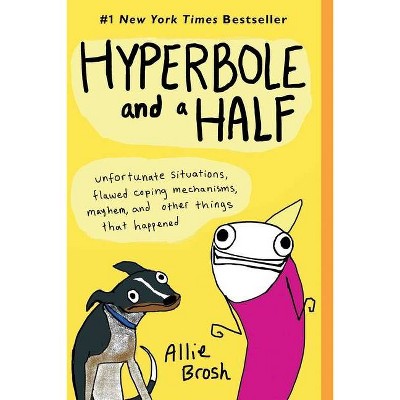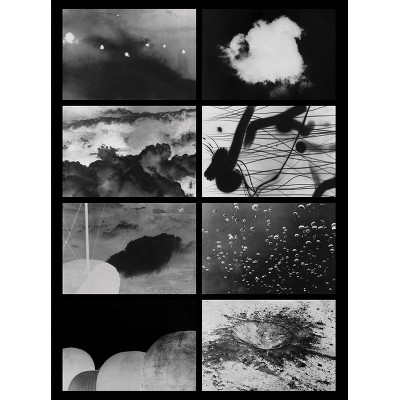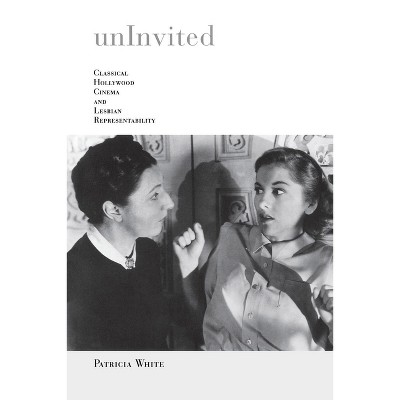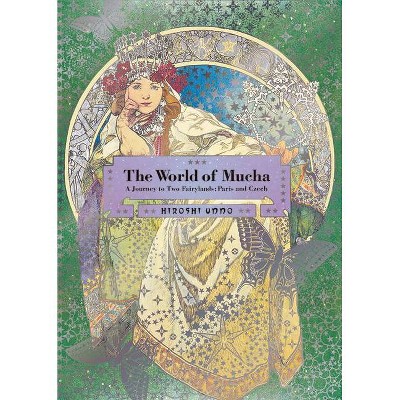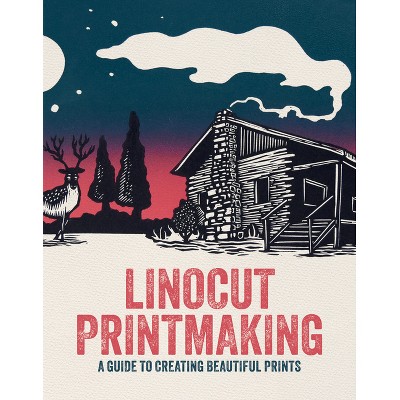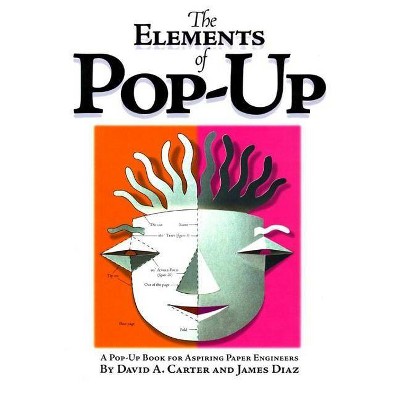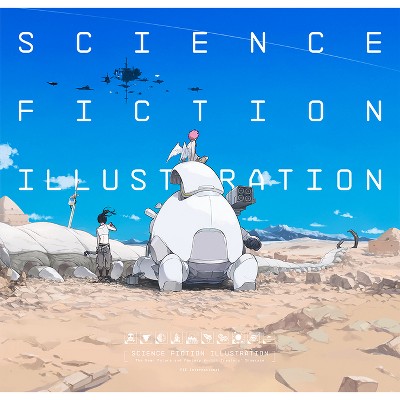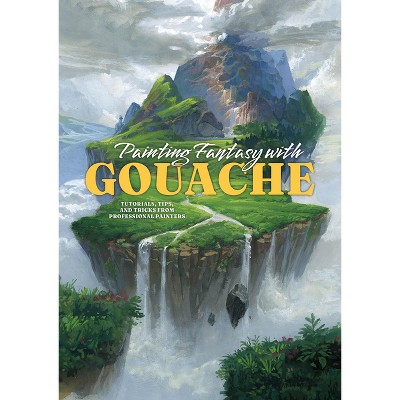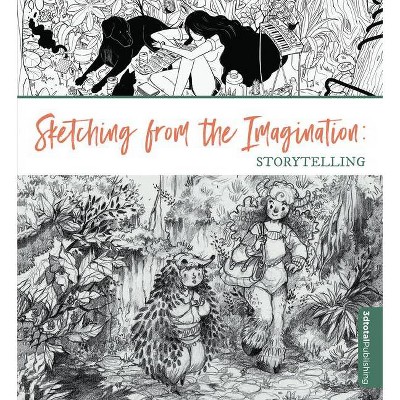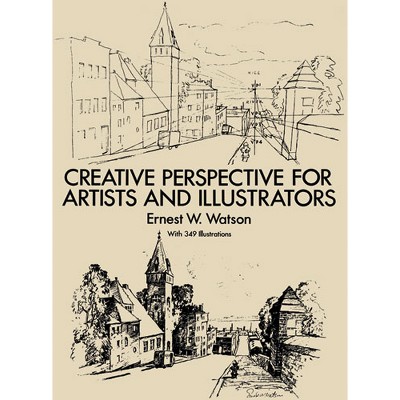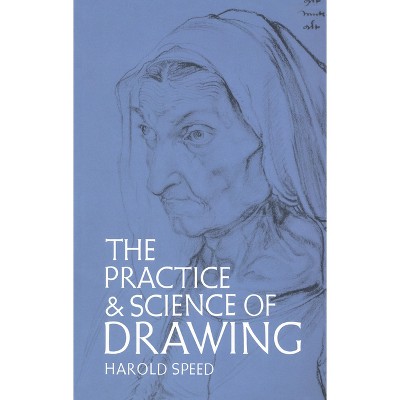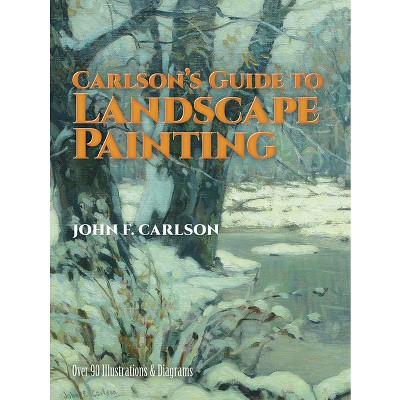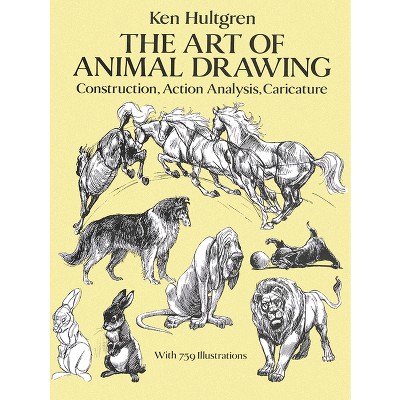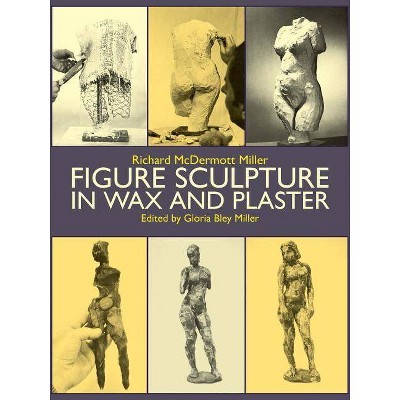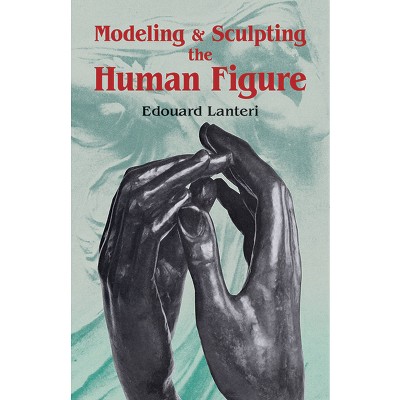Sponsored

Notan - (Dover Art Instruction) by Dorr Bothwell & Marlys Mayfield (Paperback)
In Stock
Sponsored
About this item
Highlights
- As a guiding principle of Eastern art and design, Notan (a Japanese word meaning dark-light) focuses on the interaction between positive and negative space, a relationship embodied in the ancient symbolism of the Yang and the Yin.
- Author(s): Dorr Bothwell & Marlys Mayfield
- 80 Pages
- Art, Techniques
- Series Name: Dover Art Instruction
Description
About the Book
Guiding principle of Eastern art and design, focusing on the interaction between positive and negative space, demonstrated in six problems of progressive difficulty. Solutions will fascinate artists and designers. 101 illustrations.Book Synopsis
As a guiding principle of Eastern art and design, Notan (a Japanese word meaning dark-light) focuses on the interaction between positive and negative space, a relationship embodied in the ancient symbolism of the Yang and the Yin. In composition, it recognizes the separate but equally important identity of both a shape and its background.
Since their introduction in the West, the intriguing exercises associated with Notan have produced striking results in every branch of Western art and design. This book, by two American artists and teachers who made an intensive study of Notan, was the first basic book on the subject in the West, and it remains one of the definitive texts. Through a series of simple exercises, it places the extraordinary creative resources of Notan easily within the grasp of Western artists and designers.
Clearly and concisely, the authors demonstrate Notan's practical applications in six problems of progressive difficulty -- creative exercises that will fascinate artists and designers of every calling and level of expertise. Along with these exercises, the book includes many illustrations of the principle of Notan, among them images as diverse as a sculpture by David Smith, a Samoan tapa cloth, a Museum of Modern Art shopping bag, New England gravestone rubbings, Japanese wrapping paper, a painting by Robert Motherwell, a psychedelic poster, and a carved and dyed Nigerian calabash. Painters, sculptors, potters, jewelry, and textile designers, architects, and interior designers all will discover -- or rediscover -- in these pages an ancient principle of composition that can help them meet creative challenges with fresh new perspective.
From the Back Cover
As a guiding principle of Eastern art and design, Notan (a Japanese word meaning dark-light) focuses on the interaction between positive and negative space, a relationship embodied in the ancient symbolism of the Yang and the Yin. In composition, it recognizes the separate but equally important identity of both a shape and its background.
Since their introduction in the West, the intriguing exercises associated with Notan have produced striking results in every branch of Western art and design. This book, by two American artists and teachers who made an intensive study of Notan, was the first basic book on the subject in the West, and it remains one of the definitive texts. Through a series of simple exercises, it places the extraordinary creative resources of Notan easily within the grasp of Western artists and designers.
Clearly and concisely, the authors demonstrate Notan's practical applications in six problems of progressive difficulty--creative exercises that will fascinate artists and designers of every calling and level of expertise. Along with these exercises, the book includes many illustrations of the principle of Notan, among them images as diverse as a sculpture by David Smith, a Samoan tapa cloth, a Museum of Modern Art shopping bag, New England gravestone rubbings, Japanese wrapping paper, a painting by Robert Motherwell, a psychedelic poster, and a carved and dyed Nigerian calabash. Painters, sculptors, potters, jewelry, and textile designers, architects, and interior designers all will discover--or rediscover--in these pages an ancient principle of composition that can help them meet creative challenges with fresh new perspective.


